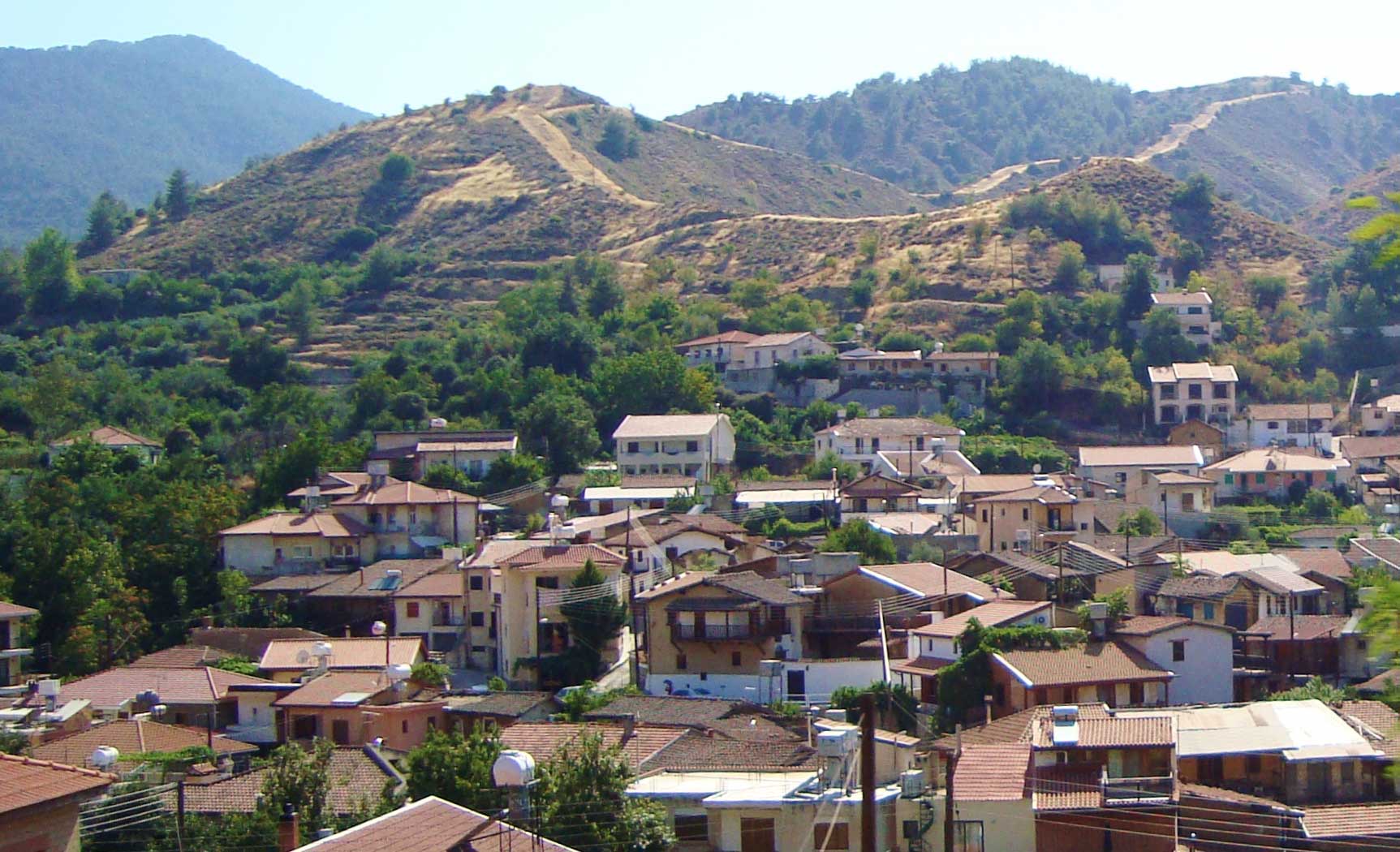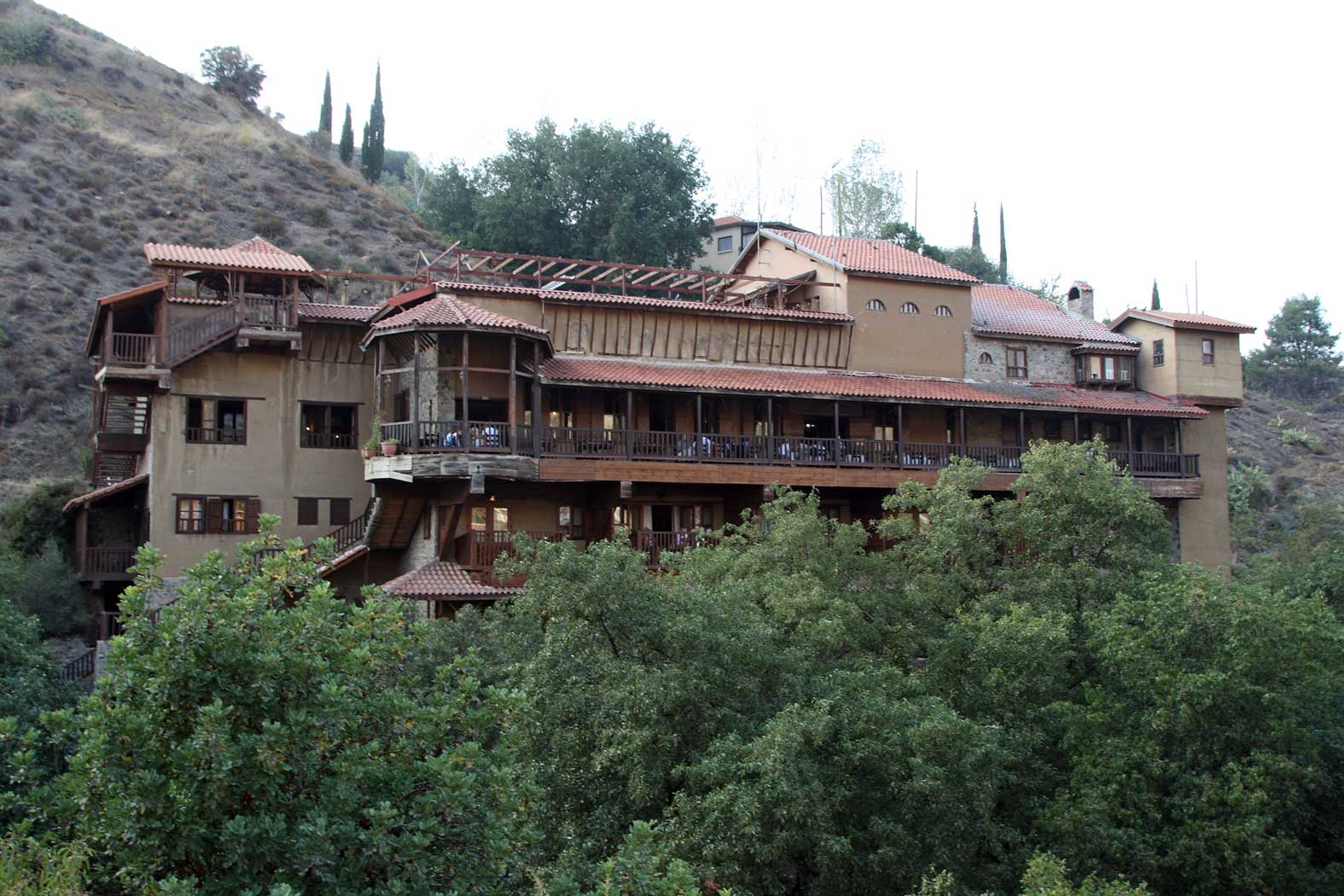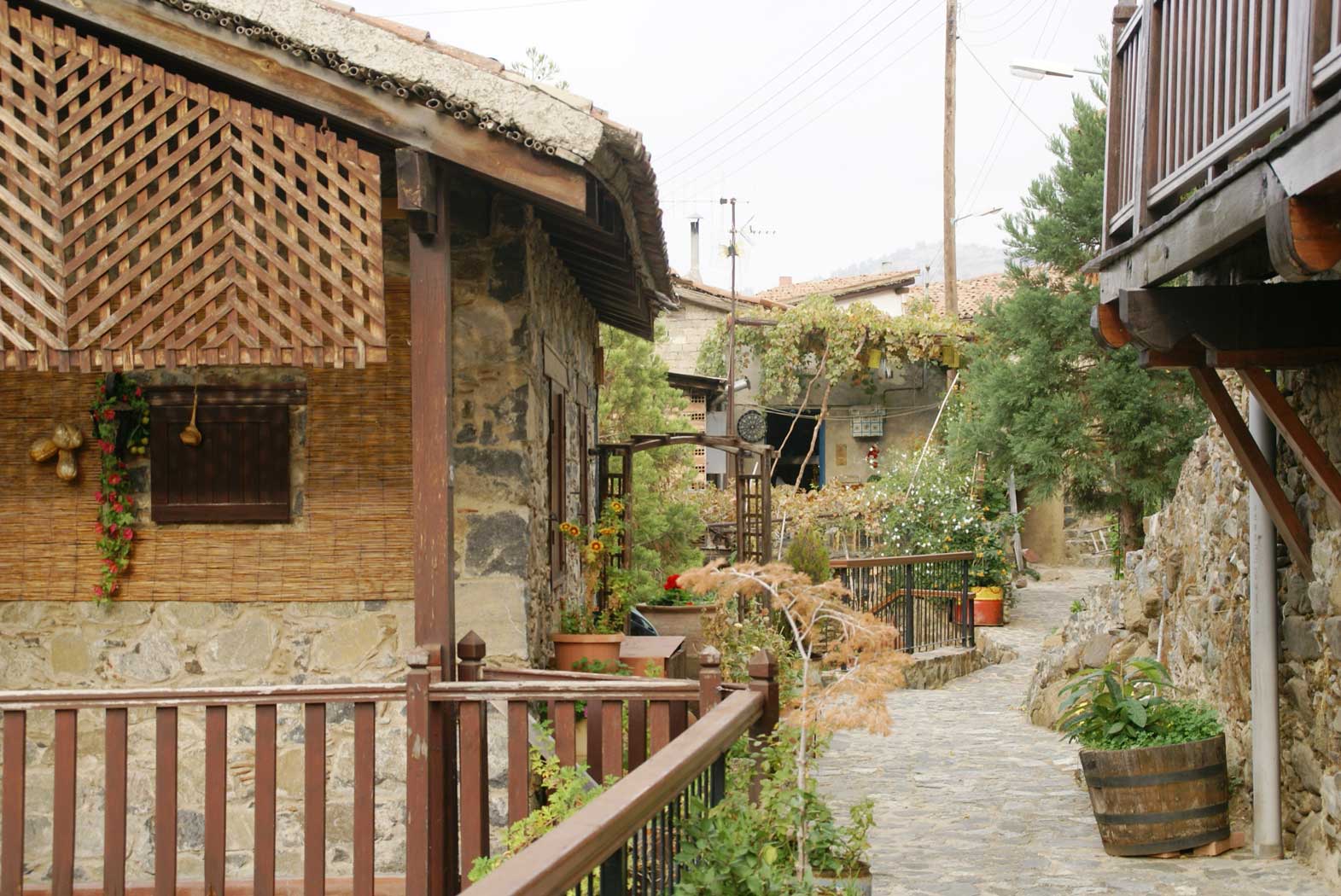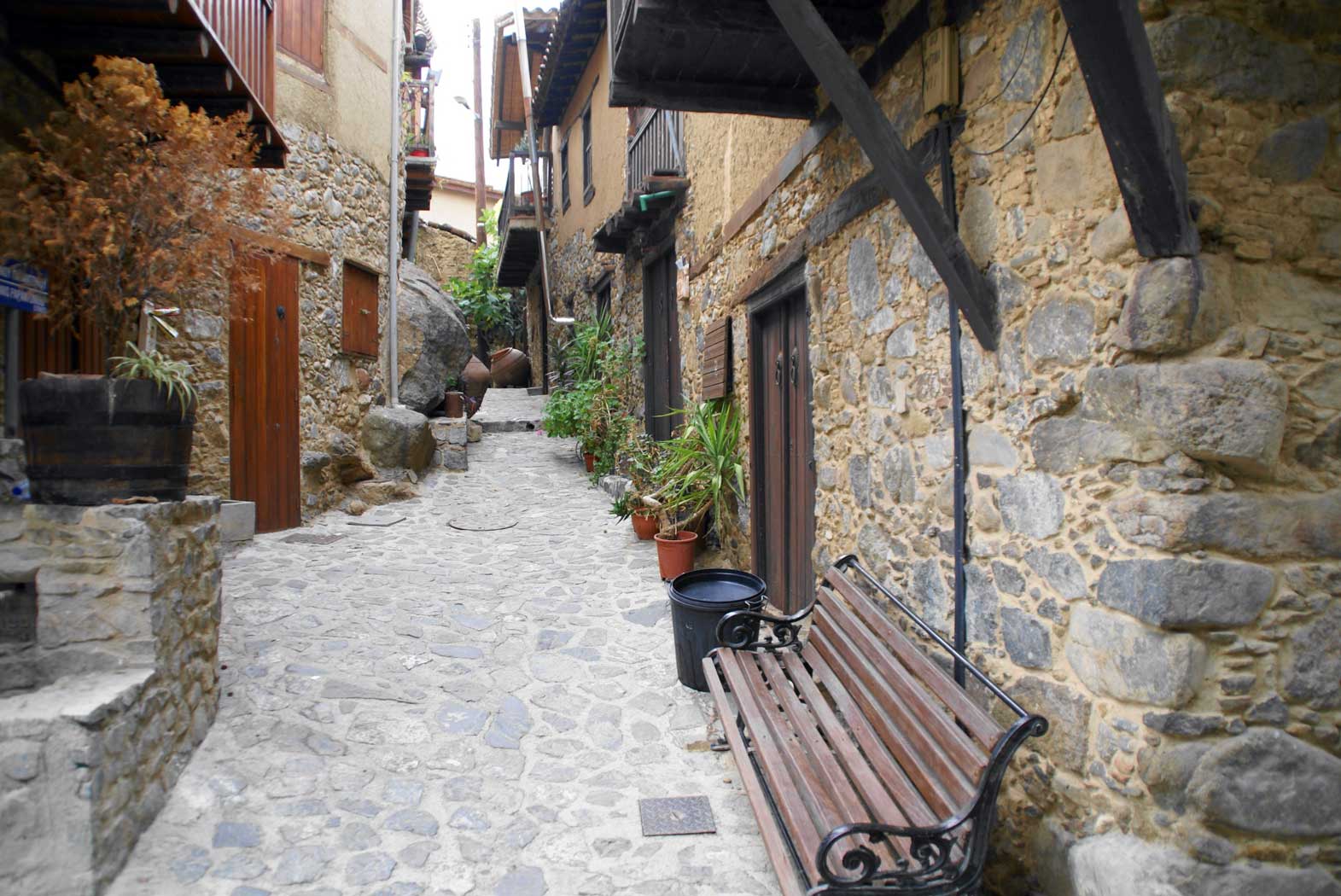Kakopetria - A popular destination
15 Oct 2018
Kakopetria is located south-west of Nicosia, on the foothill of the Troodos mountain range at an altitude of 667 metres. It is considered the highest village in the Solea valley and has been inhabited since the 7th century BC and it now has a community of about 1300 permanent residents.
As for the name of the village, there are 3 versions as to where it comes from. One version is that Kakopetria took this name from the words “Kako” and “Petra”, meaning bad / rough and stone/rock, because in older times its area was rocky and difficult to climb to. Another version states that the close to the large bridge at the village’s entrance, there is a big rock known as “Petra tou Androgynou” (Couples’ Rock) and according to tradition, newly-wed couples would sit on this rock. One day, the rock fell and killed a newly-wed couple under it and so the inhabitants then named the rock “Kakopetra” (Bad Rock) and the village itself was named “Kakopetria”.

Finally, the third version is that a nobleman from Marathasa had 3 sons, Nikos, Panagiotis, and Petris. Petris was mischievous, unbearable, and evil, so his brothers got tired of him and asked their father to send him away. The father sent Petris to the other side of the mountain and Petris arrived in the area of the old village, where he was the first settler. Combining the words “Kakos” (bad / evil) and “Petris”, the village received the name of Kakopetria. The other two brothers then founded two other villages, Nikos establishing the village Oikos (“Nikos” without the N, becoming “Ikos”), and Panagiotis, being so kind, founded the village Kalopanagiotis (“Kalos” meaning Good / Kind).

Kakopetria is also known for the exceptional quality of its apples, kakopetrilika. While a few fruit-bearing trees, vegetables, vines of table and wine-making varieties, and cereals are cultivated in the area. It is surrounded by thick forestland, amidst the banks of the Kargotis and the Garillis rivers, which join inside the village and form the river Klarios, which then crosses the valley of Solea and empties into the Morfou Bay, in Pentagia. The beautiful sounds of the streams, combined with the rich and wild vegetation and the cultivated pieces of land create a magical setting, ideal for relaxation.
With its healthy and cool climate, beautiful natural environment and picturesque landscape along with the ancient local heritage and warm hospitality of the locals, it is no wonder that the village is very popular amongst both local and foreign tourists.
The entire village is a unique sample of original folk architecture. Old Kakopetria, the most beautiful and picturesque part of the village, is under the protection of the Cypriot Department of Antiquities and it is classified as an ancient monument. The village has a number of churches but the one that stands out is that of Ayios Nikolaos tis Stegis (literally Saint Nicholas of the Roof) which is included in the list of Worldwide Cultural heritage of Unesco. The church is famous for its amazing frescoes that date back to the 11th century. Other interesting churches worth visiting are the chapel of Saint George the Perachoritis, the Ancient Church of the Virgin Mary, and the church of the Metamorphosis of Sotira. There is also the Linos Museum dedicated to wine, bread and olive oil, three of the favourite products of the locals, and the small Olive Mill museum housed in the yard of the exquisite Church of Sotiros in the heart of Old Kakopetria. Moreover, in the forest of Kakopetria you can follow one of the many natural trails and enjoy Cypriot nature at its best.




